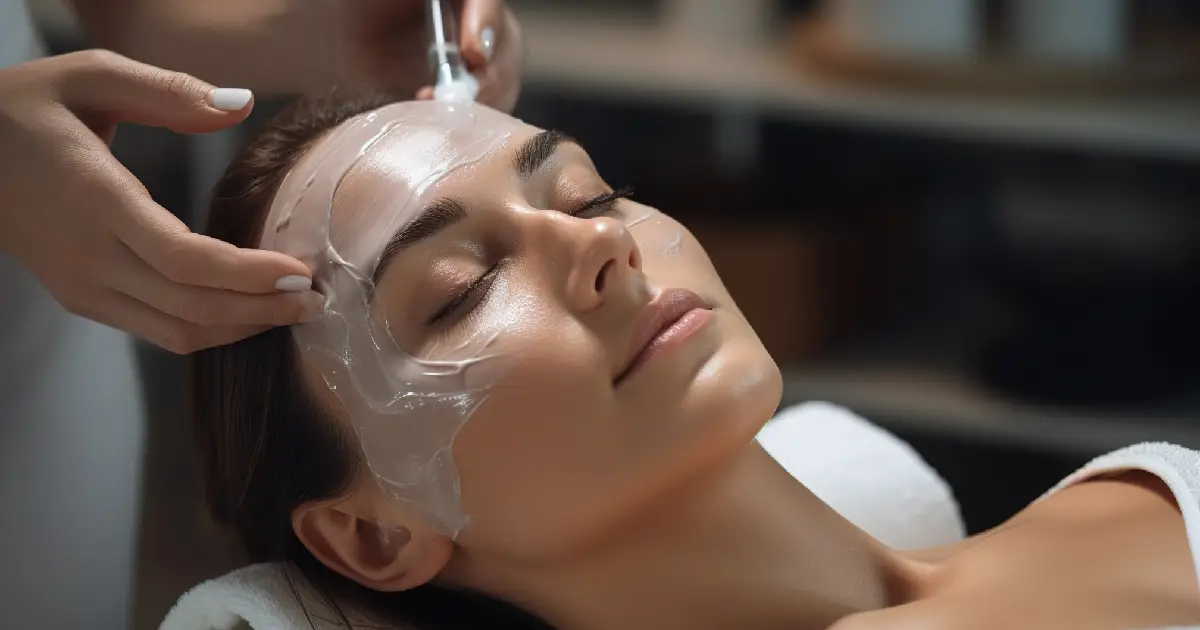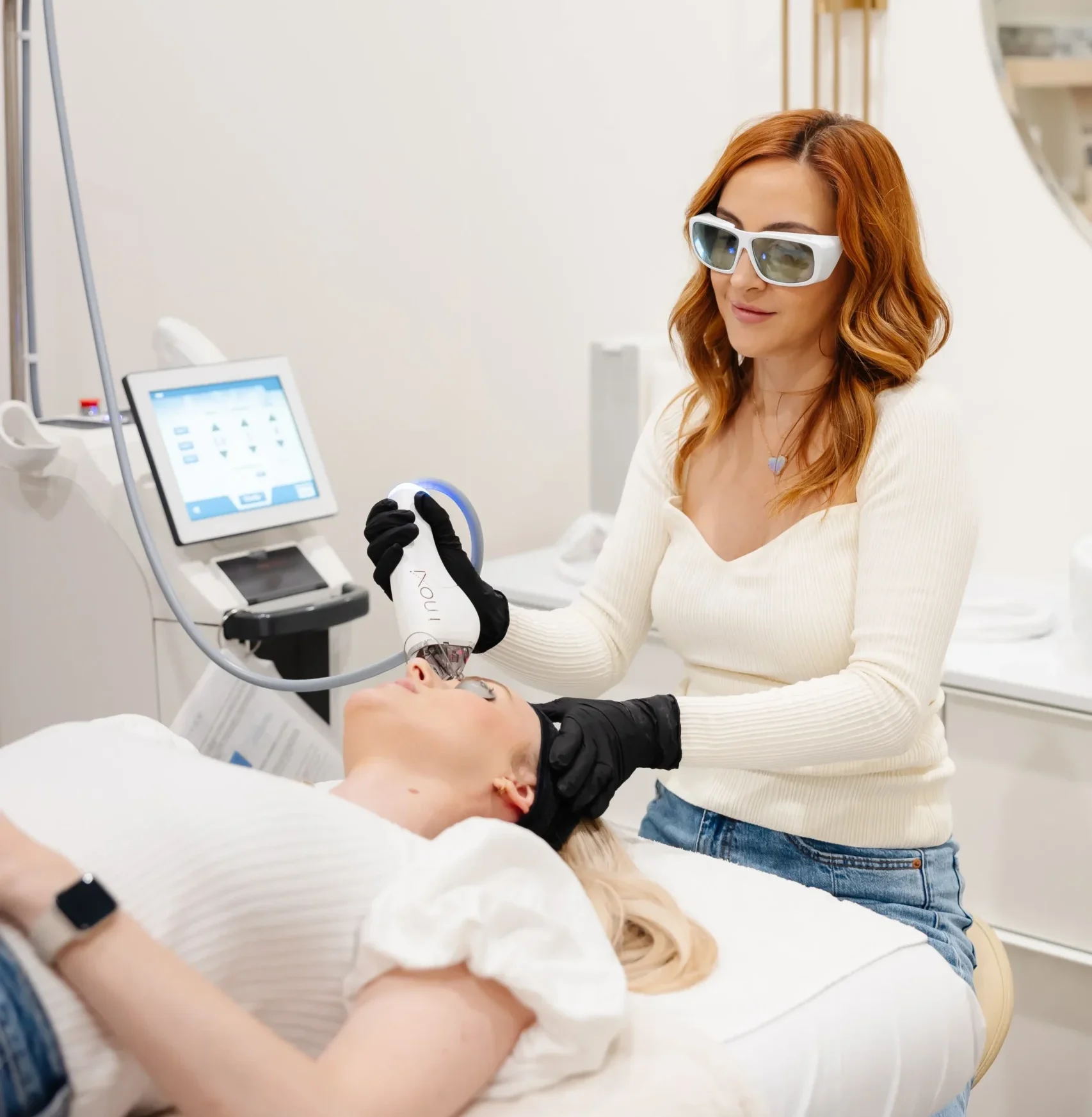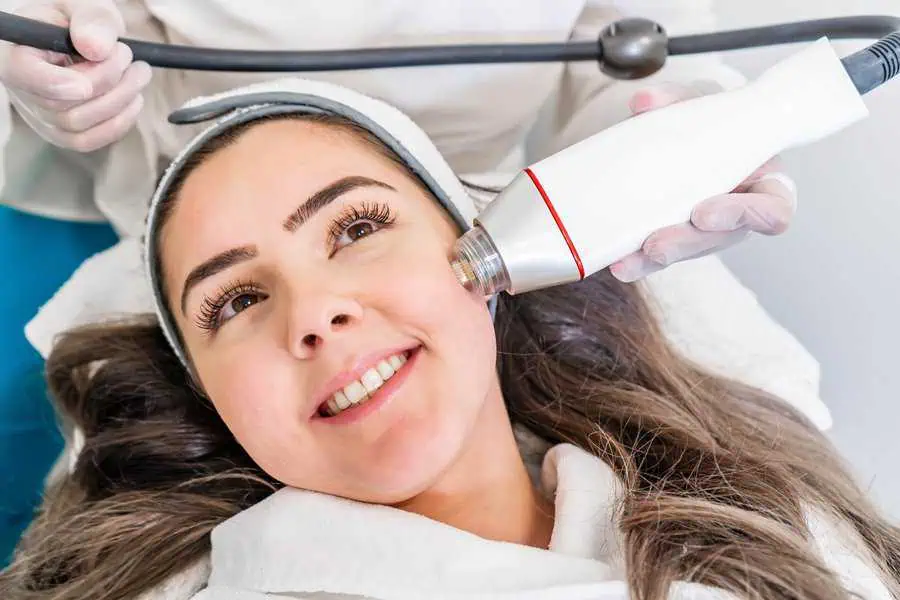When it comes to attaining vibrant and healthy skin, individuals have a wide array of treatment options at their disposal. Among these options, chemical peels and other skin treatments have emerged as popular choices. These treatments offer effective solutions for various skin concerns and can help individuals achieve their desired skin goals.
What Are Chemical Peels?
Chemical peels are cosmetic procedures that involve applying a chemical solution to the skin, causing controlled exfoliation and peeling of the skin’s outermost layers. This process promotes skin regeneration and repair, which results in a smoother, brighter, and more youthful appearance.
Chemical peels can be classified into different types based on the depth of penetration and the specific chemical solution used. Superficial peels are the mildest and target the outer layer of the skin (epidermis). They are effective for treating minor skin concerns such as mild acne, uneven skin tone, and fine lines.
Medium peels penetrate the middle layer of the skin (dermis) and are suitable for addressing more significant issues like moderate acne scars, wrinkles, and sun damage. Deep peels treat severe skin problems or deep wrinkles by reaching the deeper layers of the skin.
The chemical solution used in a peel typically contains ingredients such as alpha-hydroxy acids (AHAs), beta-hydroxy acids (BHAs), trichloroacetic acid (TCA), or phenol. These solutions work by breaking down the bonds between the dead and damaged skin cells, allowing them to be sloughed off. As a result, new, healthier skin cells are revealed, leading to improved skin texture, tone, and overall appearance.
Most importantly, chemical peels should be performed by a trained professional, such as a dermatologist or an experienced aesthetician, to ensure safety and optimal results. The procedure involves a thorough evaluation of the patient’s skin type, concerns, and desired outcome to determine the appropriate type and strength of the peel. Preparing the skin before the procedure and following the recommended aftercare instructions are crucial for minimizing potential side effects and achieving the best possible outcome.
Other Skin Treatments: Non-Invasive
Apart from chemical peels, several non-invasive skin treatments can help improve skin health and address specific concerns without the need for chemical exfoliation or peeling. These treatments are often preferred by individuals looking for milder options or may not be suitable candidates for chemical peels. Here are some popular non-invasive skin treatments:
- Microdermabrasion: This restorative process uses a handheld device to gently exfoliate the skin’s outer layer, eliminating dead skin cells and encouraging cell turnover. It can aid in the improvement of skin texture, the reduction of fine wrinkles, and the promotion of a more radiant complexion.
- Laser Skin Resurfacing: Laser treatments use concentrated light beams to target specific skin issues such as wrinkles, UV damage, and acne scars. They work by stimulating collagen production and promoting skin rejuvenation. Laser resurfacing can be customized to various depths and can be tailored to address individual concerns.
- Radiofrequency (RF) Skin Tightening: Radiofrequency energy is used in RF treatments to heat the deeper layers of the skin, encouraging collagen formation and tightening loose or sagging skin. It effectively improves skin elasticity and minimizes the visibility of aging signs like wrinkles and fine lines.
- Intense Pulsed Light (IPL) Therapy: IPL therapy employs broad-spectrum laser pulses to treat specific skin issues such as age spots, UV damage, and redness. It can aid to even out skin tone and improve overall skin appearance.
- Non-Surgical Facial Rejuvenation: Procedures like dermal fillers and neuromodulators (e.g., Botox) are popular non-surgical options for facial rejuvenation. Dermal fillers help restore volume and smooth out wrinkles, while neuromodulators relax facial muscles to reduce the appearance of dynamic wrinkles.
These non-invasive skin treatments offer various benefits, including minimal discomfort, shorter recovery times, and fewer potential side effects compared to more invasive procedures. However, consulting a skincare professional will help determine which non-invasive treatment suits individual needs and goals.
Choosing the Right Option
When considering the choice between chemical peels and other non-invasive skin treatments, evaluating individual needs, skin concerns, desired results, and personal preferences is essential. Here are some factors to consider when choosing the right option:
- Skin Concerns: Assess the specific skin issues you want to address. Chemical peels effectively treat various concerns, including acne, hyperpigmentation, and uneven skin texture. Non-invasive treatments, on the other hand, may be better suited for specific concerns like wrinkles, skin tightening, or redness.
- Treatment Depth: Chemical peels offer different levels of exfoliation and penetration, allowing for customized treatment based on the severity of skin concerns. Non-invasive treatments can target specific depths within the skin, ranging from surface-level to deeper layers, depending on the technology used.
- Downtime: Consider your availability and willingness to experience downtime. Chemical peels may require several days of recovery, depending on the depth of the peel, while non-invasive treatments typically have minimal to no downtime, allowing you to resume daily activities immediately.
- Results: Determine the level of improvement you are seeking and the time frame you have in mind. Chemical peels can provide noticeable results after a single treatment, but a series of peels may be recommended for optimal outcomes. Non-invasive treatments may require multiple sessions to achieve desired results, but they often offer a gradual improvement over time.
- Sensitivity and Skin Type: Assess your skin’s sensitivity and type to ensure the chosen treatment is safe and suitable. Chemical peels vary in strength, and some skin types may be more sensitive or prone to adverse reactions. Non-invasive treatments can be customized to accommodate different skin types and sensitivities.
- Consultation: Schedule a consultation with a skincare professional or dermatologist. They can assess your skin, discuss your goals and concerns, and recommend the most appropriate treatment option based on their expertise and experience.
Both chemical peels and non-invasive treatments have their unique advantages and limitations. The best approach is to understand the skin comprehensively, consult with a professional, and make an informed decision based on specific needs and goals. Yet, the right option will align with your preferences and provide the desired results for healthier, more rejuvenated skin.
Final Thoughts
In the quest for healthier and more vibrant skin, choosing between chemical peels and other non-invasive skin treatments allows individuals to explore a range of options tailored to their specific needs, allowing them to achieve their desired skin goals confidently. At Fine Line Aesthetics, we provide specialized chemical peel treatments specifically formulated to effectively address and combat persistent hyperpigmentation and melasma. Ultimately, we offer transformative solutions to those seeking a brighter, more even complexion that traditional methods may not deliver.










